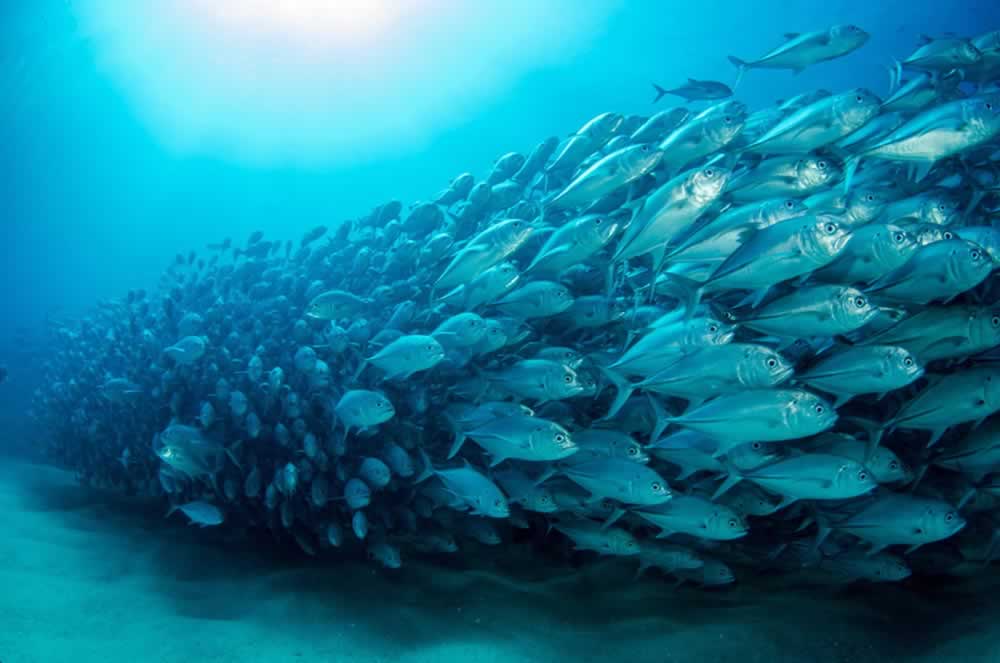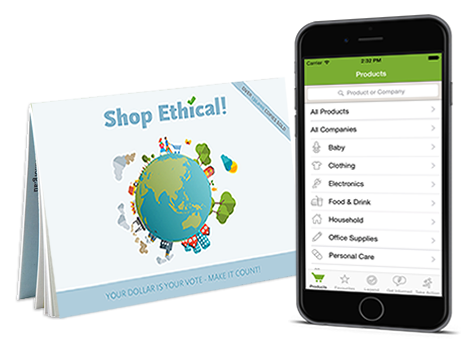Sustainable seafood
While Christmas is a popular time of year to eat seafood, not all fish are equal when it comes to impact on our oceans. Over three-quarters of our global fish stocks are either over-exploited or fished right up to their limit. This year, choose sustainable seafood.

In 2016, Greenpeace successfully campaigned to have Australia’s biggest tuna supplier, John West, commit to 100% FAD-free and pole and line tuna. Since then, every other brand and retailer in their ranking has followed suit and made a similar commitment.
- Canned Tuna is the biggest selling seafood item in Australia. If you buy tuna, avoid brands using Bigeye and yellowfin species (these are overfished); choose Skipjack (of least concern), or choose Fish4Ever brand which tops the list on Greenpeace's Canned Tuna guide.
- Avoid the following seafood and fish species. Orange Roughy, Tuna, Blue Grenadier, Atlantic Salmon, Striped Marlin, Toothfish, Swordfish, Hake, Oreodory, Skates and rays, Prawns, Sharks. They’re on Greenpeace’s ‘Red list’.
- Find species that are considered a 'better buy' at the Australian Marine Conservation Society Sustainable seafood guide. Four at the top of this list are Whiting, Bream, Flathead and Calamari.
How you get there. Like most industries that view animals as commodities for human use, industrial tuna fishing uses the most efficient means to catch the greatest numbers, which is commonly purse seine nets with fish aggregation devices (FADs), a method responsible for high levels of bycatch including sharks and other marine life.
We live in a world where “the end justify the means” has become an acceptable school of thought. In reality however, the journey towards an accomplishment or decision is just as important as the destination itself. Even if you are richly rewarded at the end, if you cannot look back on the means used to get there with anything but shame, your victory will be hollow indeed. What are ways you can more fully enjoy the journey?
We live in a world where “the end justify the means” has become an acceptable school of thought. In reality however, the journey towards an accomplishment or decision is just as important as the destination itself. Even if you are richly rewarded at the end, if you cannot look back on the means used to get there with anything but shame, your victory will be hollow indeed. What are ways you can more fully enjoy the journey?
More Shop Ethical Christmas ideas




